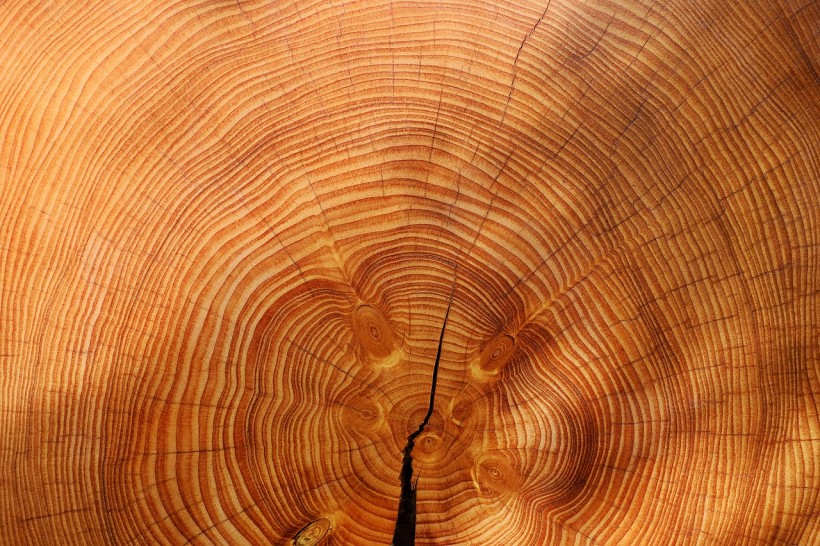Tree rings pertain to the narrow and circular patterns that show us the age of a bush, allowing us to glimpse into Earth's ancient climate history.
According to experts, the rings of trees grow in temperate climates. In the Middle East or the Southwest United States, the rings normally track wet or dry years, according to U.S. climate authorities.
Now, our resources for tree ring data are larger than ever since the understanding of tree rings has also captured the minds of other scientists.
For instance, archaeologists have reportedly used tree ring data to reconstruct drought or temperature in North America and Europe for the past 2000 years, according to the National Oceanic and Atmospheric Administration (NOAA).
Tree Ring Data

Tree ring data is essential information included in the process of dendrochronology, the science behind dating annual growth increments. Tree rings develop as layers, appearing as circular in nature of the cross-section of a tree trunk, according to the University Corporation for Atmospheric Research (UCAR).
Dendrochronology is the field when it comes to identifying and determining annual tree growth. This is important not only to botanists but also to climate scientists. Mainly, this is because trees contain one of nature's most accurate evidence of the past. Trees can record disastrous floods, as well as insect attacks, lightning strikes, and even earthquakes.
Also Read: Trunk Growth in Tropical Trees Decreases During Increased Heat and Drought: New Study
Ancient Climate History
Tree ring patterns can depict the weather history of a particular area or origin simply because due to the formation of the rings. For instance, three ring derived from drought reconstructions for the American Southwest, shows the area incurred decades-long period is not the same anymore, according to the NOAA.
Although dendrochronology can determine the age of a tree, others can vary from hundreds to thousands of years. These variations depend on the external factors caused by both weather and climate. For instance, natural disasters, high temperatures, wind, and cold weather can all affect the formation of tree rings, which also vary depending on a particular region of the world.
Earth's Past Climate
The National Weather Service (NWS) has been documenting weather events across the United States since 1891. However, very old trees can hold information about what the climate was like long before the said measurements started in a field of study called 'paleoclimatology,' according to the National Aeronautics and Space Administration (NASA).
Understanding Earth's past climates, not only through tree rings, may seem trivial. However, it is of paramount importance since it gives us an idea of certain patterns that may occur again in modern times. However, the persistence of climate change and global warming is only complicating weather and climatic predictions for scientists.
The NOAA keeps the International Tree-Ring Data Bank, also called ITRDB, containing data of tree rings from forests around the world under the agency's National Centers for Environmental Information (NCEI).
Related Article: Tree Rings Give Answer To How Forests Were Managed In The Olden Days
© 2024 NatureWorldNews.com All rights reserved. Do not reproduce without permission.

![Tsunami Hazard Zones: New US Map Shows Places at Risk of Flooding and Tsunamis Amid Rising Sea Levels [NOAA]](https://1471793142.rsc.cdn77.org/data/thumbs/full/70325/280/157/50/40/tsunami-hazard-zones-new-us-map-shows-places-at-risk-of-flooding-and-tsunamis-amid-rising-sea-levels-noaa.jpg)



